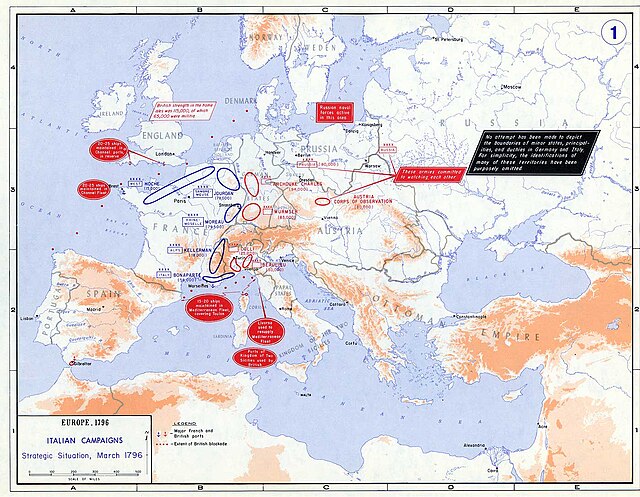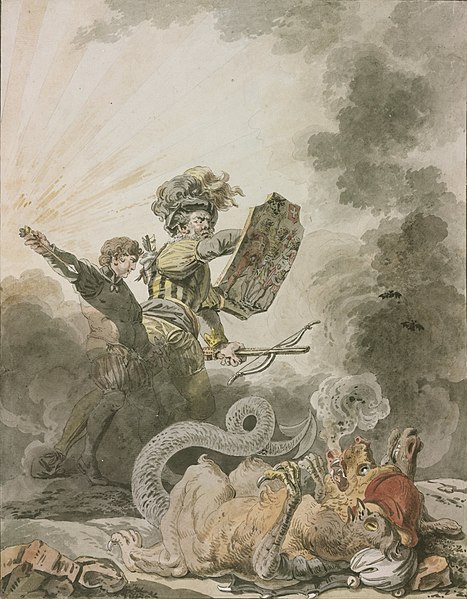Léman was the name of a canton of the Helvetic Republic from 1798 to 1803, corresponding to the territory of modern Vaud. A former subject territory of Bern, Vaud had been independent for only four months in 1798 as the Lemanic Republic before it was incorporated into the centralist Helvetic Republic. Léman comprised all of the territory of Vaud detached from Bernese occupation, apart from the Avenches and the Payerne which, after 16 October 1802, were annexed by the canton of Fribourg until the Napoleonic Act of Mediation the following year when they were restored to the newly established and newly sovereign canton of Vaud.
Frédéric-César de La Harpe
Louis Reymond, who took over the leadership of the Bourla-Papey, by Benjamin Bolomey, 1798
"Répub. helvétique Canton Léman", seal of the district courthouse of Lausanne
The Helvetic Republic was a sister republic of France that existed between 1798 and 1803, during the French Revolutionary Wars. It was created following the French invasion and the consequent dissolution of the Old Swiss Confederacy, marking the end of the ancien régime in Switzerland. Throughout its existence, the republic incorporated most of the territory of modern Switzerland, excluding the cantons of Geneva and Neuchâtel and the old Prince-Bishopric of Basel.
Strategic situation of Europe in 1796
Alois von Reding led Central Swiss troops against the French.
William Tell fights the revolution (1798), by Dunker, praises the struggle of the Old Confederation against the Helvetic revolution supported by French invasion. It depicts the Swiss folk hero William Tell, carrying a shield with the Rütlischwur, and his son fighting the revolution, represented as a chimera wearing a phrygian cap
The awakening of the Swiss (1798), by Midart, celebrates the transformation of the Old Confederation into the Helvetic Republic. It shows a Swiss who wakes up from his sleep (the ancien régime) and is handed his weapons by Liberty. In the background, the rising sun and the Gallic rooster herald the new era







